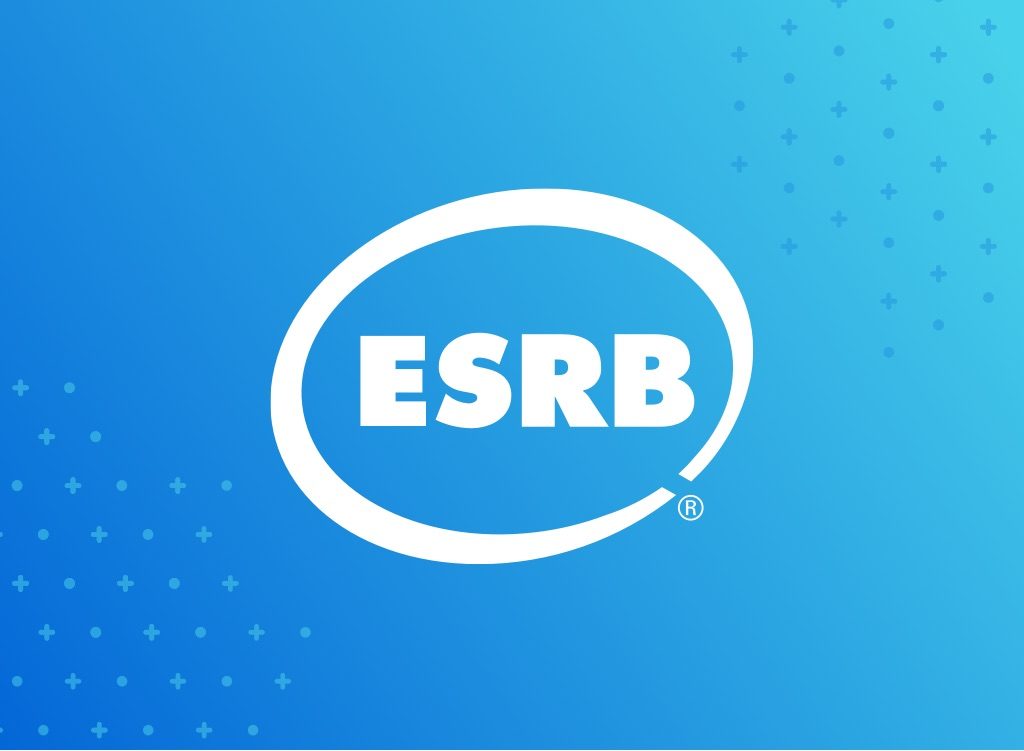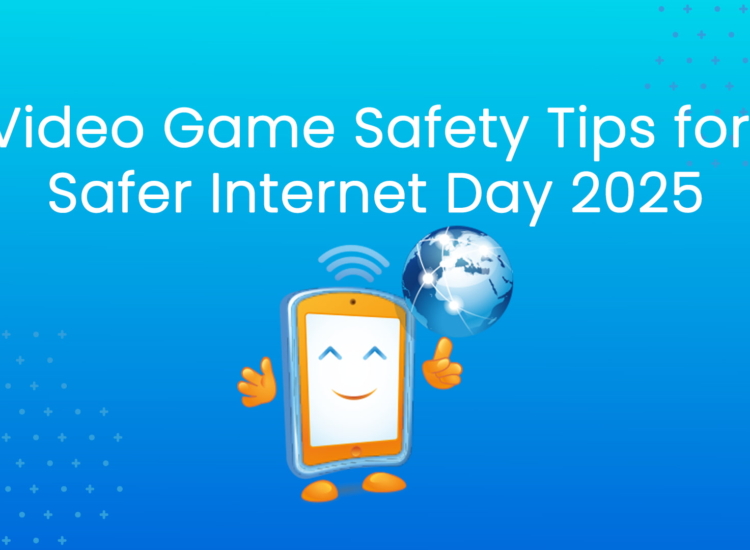Mayor Menino to launch new video game ratings education campaign with ESRB

New ads encourage parents to use Entertainment Software Rating Board’s information to choose age-appropriate games for children
Mayor Thomas M. Menino today unveiled a new public education campaign to explain and encourage parents to use video game ratings – which are assigned by the non-profit Entertainment Software Rating Board (ESRB) – each time they purchase or rent a game to ensure that it is appropriate for their children and family. The campaign includes television, radio and outdoor print ads that were unveiled at a press conference held at the GoKids center at the University of Massachusetts Boston.
Joining Mayor Menino to launch the campaign were Patricia Vance, president of the ESRB, and Michele Brooks, Assistant Superintendent for Family and Student Engagement in the Boston Public Schools.
“I’m proud to be the first mayor in the country to partner with the ESRB to empower parents with the tools they need to make informed choices when it comes to buying and renting video games for their children,” Mayor Menino said. “Our message is simple: Some video games are for kids. Some aren’t.
There are a lot of fun and entertaining games out there, and we want parents to check the ratings and help their children pick the right ones.”
The public service announcement is being provided to radio and television stations in the Boston area, and the print ads (examples attached) will appear in the coming weeks and months on MBTA buses and at major transportation hubs throughout the City, such as the Forest Hills and Downtown Crossing MBTA stations. The ESRB has also prepared a brochure providing additional information about the rating system, which will be distributed to video game retailers.
“Video games are just like movies and TV shows in that they are created for a diverse audience of all ages. Parents can make sure they’re choosing age-appropriate games for their children by checking the rating and content descriptors on game packages, as well as taking advantage of the additional detail provided in our new rating summaries,” ESRB president Patricia Vance said. “There’s simply no substitute for an involved and informed parent, which is why I’m pleased to be joining Mayor Menino in announcing his effort to educate Boston’s parents about these resources.”
The ESRB video game ratings employ a two-part system. As seen in the illustration below, rating symbols on the front of virtually every game package sold at retail stores provide an age recommendation, such as EC (Early Childhood 3+), E (Everyone 6+), E10+ (Everyone 10 and up), T (Teen 13+) and M (Mature 17+). On the back of each package, next to the rating, are content descriptors that provide information about what’s in the game that may have triggered the rating, or may be of interest or concern to parents.
Rating summaries, which are available for all game titles rated since July 1, 2008, are a supplementary source of information that explain in objective terms the context and relevant content that factored into a game’s ESRB rating assignment. A new mobile website at m.esrb.org was launched to allow parents to search for rating summaries on their cell phones right from the store when trying to make a decision about which game to buy. Parents can also find rating summaries before they go to the store by searching on ESRB’s website at www.esrb.org, using ESRB’s rating search widget, or signing up for a free e-newsletter called ParenTools, which provides a list of recently rated titles complete with rating summaries customized to their preference of rating categories and game platform.
A complete list of ratings, content descriptors and their definitions can be found on the ESRB website at www.esrb.org.
###
For more information contact:
Press Office
617-635-4461



